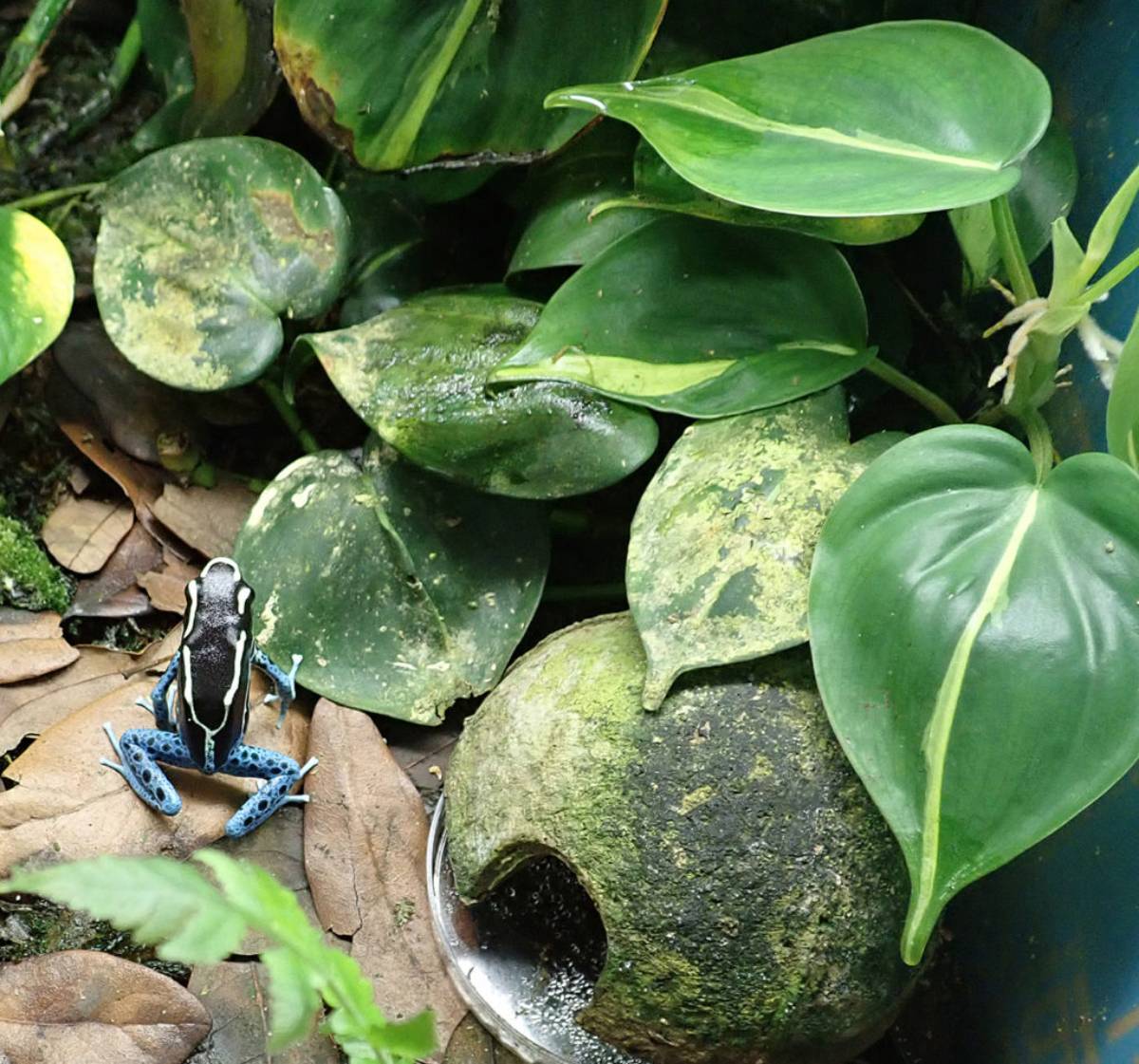Josh's Frogs
Vivarium Standards Review

Vivarium Standards
Here in the Dart Frog Division of Josh’s Frogs, it is our mission to have the healthiest frogs possible in our facility, which is why we have implemented the Vivarium Standards Review to help with care and maintenance of your pet's home! Our secondary mission is to share the best information possible with our customers and the world, so we are sharing all of this with you! It has been challenging as we have grown to ensure each vivarium remains healthy. In an effort to ensure that we uphold the same high quality we are known for as we move forward, we have decided to develop this unique document. Four times a year, we will be using this Vivarium Standards Review to ensure that our frogs have the very best environments possible. If you ever wondered how Josh’s frogs would do it… this is it!Review Sheet
| Question | Expectations(If any changes are required to meet expectations than the score will be 0 - Needs Improvement) | Vivarium Scores (Scoring values of 1 - Acceptable or 0 - Needs Improvement) |
| Are the feeding dish, breeding areas and front ⅓ of the vivarium visible from outside the vivarium? | Algae and debris is acceptable on the front glass as long as the feeding area, breeding areas and front ⅓ of the vivarium are easily visible. In specific species the breeding areas may need to be in hidden locations. For these species are the breeding locations correctly placed and prepared? | |
| Is the top properly installed? | Vivarium top panels should all fit flat to the frame of the tank well and should not be able to fall in. There should be no cracks, chips or sharp edges. The top should have a sturdy handle in which to open the front access panel. | |
| Is the decaying organic debris in vivarium of an acceptable level? | Organic debris in the vivarium includes any decaying prey item, decaying plants, animal waste, extra supplement or other organic matter that is degrading in the tank. (This does not include beneficial matter such as leaf litter) If more than 10% of the live leaves are dying they must be removed. If more than 5% of leaves or ground space have decaying organic debris on them they must be rinsed off or if the organic matter covers a significant part (>20%) of these areas they should be removed from the vivarium. | |
| Is the drainage layer water level acceptable? | Drainage layer water levels are not to exceed 2/3rds of the depth of the drainage layer. | |
| Are vivarium pest levels acceptable. | Spiders, nematodes, gnats, ants, roaches, Lg crickets, mites and other animals may occur in vivariums. Any pests larger than a ¼ inch should be removed immediately and are unacceptable in a vivarium. For smaller pests such as spiders gnats and ants, a few are fine but if any are observed on the frogs they must be removed. | |
| Is the lighting installed properly? | Lights should be installed so that the vivarium receives light dispersed across the whole vivarium. Light should be on an active timer set to the proper parameters. (generally a 12 hour cycle during the working portions of the day) Vivarium Lid should be clean enough to let light in. | |
| Are Humidity and Temperature acceptable? | Complete a reading of Temperature and Humidity within the vivarium. The temperature MUST read between 70-80 F and the Humidity MUST read above 80% | |
| Is the mold level acceptable? | If there is mold covering more than 5% of the ground area (including leaves) the ground space affected should be removed and springtails should be added. | |
| Animal Health | If animals are skinny they should be marked for special feedings or special instructions. If frogs are ill, deformed or otherwise unhealthy, the vivarium should be marked with the issue, the resolution (if one exists) and current special care instruction. (Stickers may be used if it is a common issue. | |
| Sphagnum moss | If substrate layering system has ABG showing it needs to be covered with the addition of sphagnum moss. If when a patch sphagnum moss is wrung out it falls apart the moss should be changed out. | |
| Leaf litter | Leaf litter should cover more than 25% of the groundspace, if it does not add more. If the leaves are matted down and decaying add more. | |
| Is the Drainage Layer clean? | Drainage layer algae is acceptable. If there is more than approximately a tablespoon of ABG or sphagnum moss in the drainage layer it should be removed. | |
| Is the substrate layering system stable? | The substrate layering system should be flat and should not dip down into the drainage layer area. If it does dip down more than a 1/8th of the height of the drainage layer it should be repositioned to be flat again. | |
| Are all necessary environmental barriers in place? | Specific types of dart frogs need environmental barriers to reduce stress of seeing other breeder vivarium inhabitants. Are all proper visual blocks between breeder vivariums in place? |
Topics in this Blog
None
